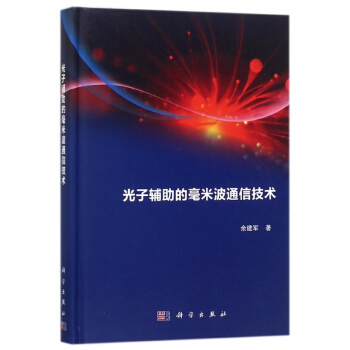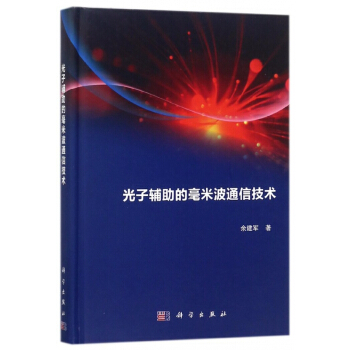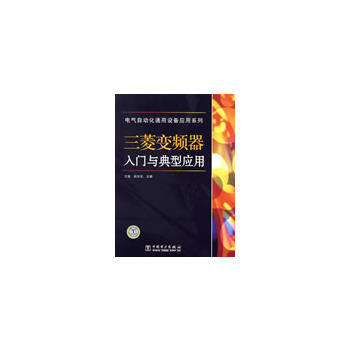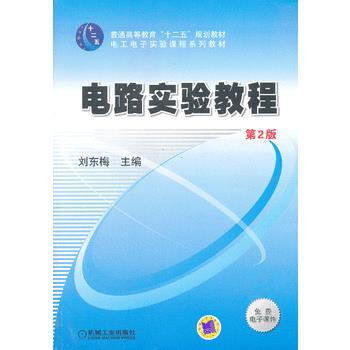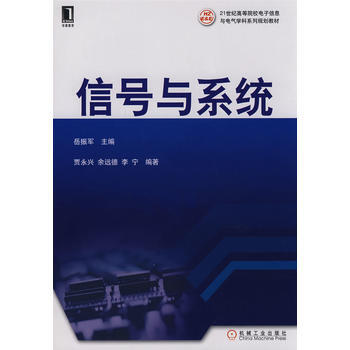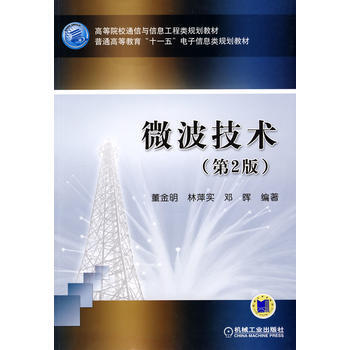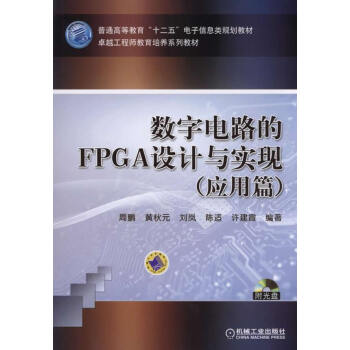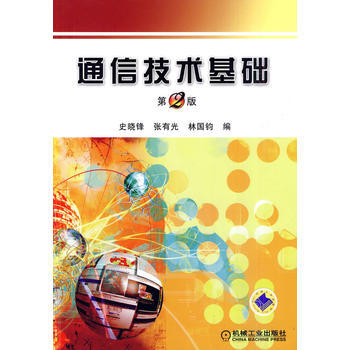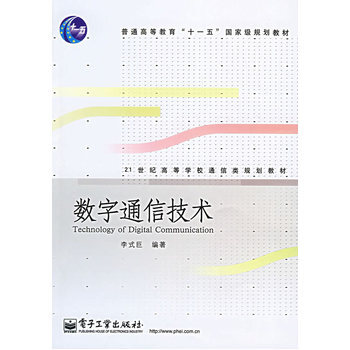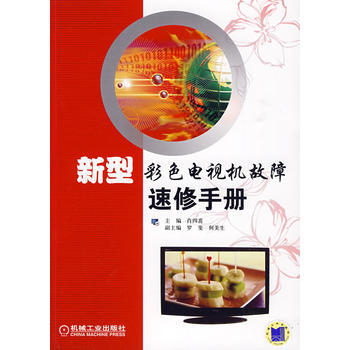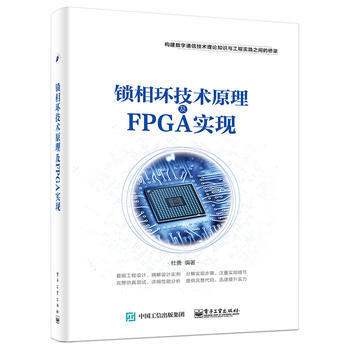具體描述
基本信息
- 商品名稱:光子輔助的毫米波通信技術(精)
- 作者:餘建軍
- 定價:128
- 齣版社:科學
- ISBN號:9787030561497
其他參考信息(以實物為準)
- 齣版時間:2018-03-01
- 印刷時間:2018-03-01
- 版次:1
- 印次:1
- 開本:16開
- 包裝:精裝
- 頁數:286
- 字數:360韆字
內容提要
餘建軍著的《光子輔助的毫米波通信技術(精)》 介紹瞭基於光子輔助的毫米波通信的新技術。主要內 容包括光子輔助的單載波和多載波的矢量毫米波信號 産生技術,利用光縴極化復用、天綫極化復用、多波 段復用等多輸入多輸齣技術的寬帶毫米波信號傳輸技 術,以及各種用於提高傳輸容量和提高接收機性能算 法的、基於外差相乾探測的數字信號處理技術。在網 絡架構方麵介紹瞭雙嚮全雙工毫米波傳輸和光縴無綫 無縫傳輸,也介紹瞭在大容量和長距離傳輸方麵的* 新研究成果。本書概括瞭光子輔助毫米波通信中從係 統到網絡的新技術,從原理到應用都有係統而又詳細 的介紹。
本書適閤通信領域的工程技術人員,以及高等院 校通信工程等相關專業的研究生和教師閱讀。
目錄
序
前言
第1章 基於強度調製器的單載波矢量毫米波信號傳輸係統
1.1 引言
1.2 光子輔助毫米波産生技術
1.3 馬赫一曾德爾調製器工作原理
1.4 基於馬赫一曾德爾調製器載波抑製方式的矢量信號産生係統
1.4.1 基於外部調製器産生載波抑製的毫米波信號
1.4.2 基於外部調製器産生載波抑製的矢量毫米波信號
1.4.3 理論推導
1.4.4 實驗測試
1.5 基於馬赫一曾德爾調製器的四倍頻毫米波産生技術
1.6 基於單個馬赫一曾德爾調製器的偏振復用矢量信號傳輸係統
1.6.1 原理介紹
1.6.2 實驗裝置
1.6.3 實驗結果
1.7 小結
參考文獻
第2章 基於相位調製器的單載波矢量毫米波信號傳輸係統
2.1 基於相位調製器的光子倍頻的矢量毫米波信號生成
2.2 基於相位調製器的隨機光子倍頻的矢量毫米波信號生成
2.2.1 數值仿真
2.2.2 實驗裝置
2.2.3 實驗結果
2.3 小結
參考文獻
第3章 基於直接調製激光器産生SSB和DSB矢量信號
3.1 引言
3.2 原理介紹
3.3 實驗裝置和實驗結果
3.4 小結
參考文獻
第4章 高性能的單載波矢量毫米波生成技術
4.1 光載波抑製矢量毫米波中的平衡預編碼技術
4.2 相位因子優化的預編碼矢量信號係統
4.2.1 原理介紹
4.2.2 實驗裝置
4.2.3 實驗結果
4.3 基於外差拍頻和強度調製器的矢量信號産生
4.4 無預編碼的光子輔助SSB單偏振毫米波信號産生
4.5 無預編碼的光子輔助SSB雙偏振毫米波信號産生
4.6 小結
參考文獻
第5章 基於預編碼的OFDM矢量毫米波信號傳輸係統
5.1 引言
5.2 載波抑製OFDM矢量信號係統
5.3 偶數階載波抑製OFDM矢量信號係統
5.3.1 實驗裝置
5.3.2 實驗結果
5.4 奇數階載波抑製w波段毫米波OFDM矢量信號係統
photonic-assisted millimeter-wave communication technologies (advanced) Introduction The ever-increasing demand for higher data rates and lower latency in wireless communication systems has pushed the boundaries of traditional radio frequency (RF) technologies. Millimeter-wave (mmWave) frequencies, ranging from 30 GHz to 300 GHz, offer vast untapped bandwidth, promising terabit-per-second data rates and enabling a new era of wireless applications such as augmented reality, virtual reality, autonomous driving, and high-definition video streaming. However, mmWave signals suffer from significant path loss, atmospheric attenuation, and blockage by obstacles, posing substantial challenges for reliable and efficient wireless transmission. To overcome these limitations and fully harness the potential of mmWave frequencies, innovative solutions are required. Photonic technologies, with their inherent ability to process signals at extremely high frequencies and with high precision, offer a compelling pathway to augment and enhance mmWave communication systems. This book delves into the cutting-edge realm of photonic-assisted mmWave communication technologies, exploring how the synergistic integration of optics and mmWave electronics can pave the way for next-generation wireless networks. This comprehensive exploration aims to provide a deep understanding of the fundamental principles, enabling technologies, and diverse applications of photonic assistance in mmWave communication. We will meticulously dissect the intricate interplay between optical and electrical domains, highlighting the unique advantages and technical considerations that arise from their integration. The "advanced" designation signifies a thorough and in-depth treatment of the subject matter, suitable for researchers, engineers, and advanced students seeking to grasp the nuances and future trajectory of this rapidly evolving field. Chapter Overview This book is structured to provide a progressive and comprehensive understanding of photonic-assisted mmWave communication. We begin by laying the foundational groundwork, then delve into specific photonic techniques and their integration challenges, and finally explore the diverse applications and future outlook. Part I: Foundations of Millimeter-Wave Communication and Photonic Concepts Chapter 1: The mmWave Spectrum and its Potential: This chapter will introduce the electromagnetic spectrum, with a particular focus on the millimeter-wave bands. We will discuss the inherent advantages of mmWave frequencies, such as vast bandwidth availability, and their implications for achieving ultra-high data rates. The unique propagation characteristics of mmWave signals, including high path loss, atmospheric absorption, and sensitivity to blockage, will be thoroughly examined. Furthermore, we will explore the driving forces behind the adoption of mmWave for future wireless systems, including the limitations of sub-6 GHz bands and the emerging use cases that necessitate higher bandwidths. Chapter 2: Fundamentals of Optical Communication and Photonics: This chapter will provide a concise yet thorough review of the core principles of optical communication. We will cover the generation, transmission, and detection of optical signals, including various light sources (lasers, LEDs), optical fibers, and photodetectors. Essential photonic concepts such as modulation techniques (intensity modulation, phase modulation), multiplexing schemes (WDM, TDM), and signal processing in the optical domain will be introduced. The unique properties of light, including its high frequency, low loss in optical fibers, and inherent parallelism, will be emphasized as key enablers for photonic assistance. Chapter 3: Interfacing Optical and Electrical Domains: A critical aspect of photonic-assisted mmWave communication is the seamless conversion between optical and electrical signals. This chapter will focus on the technologies and challenges associated with this interface. We will discuss various optoelectronic conversion devices, including high-speed photodetectors (e.g., PIN diodes, APDs, UTC-PDs) and electro-optic modulators (e.g., Mach-Zehnder modulators, electro-absorption modulators). The performance limitations of these devices, such as bandwidth, responsivity, noise, and power consumption, will be analyzed in detail. Techniques for optimizing this interface for mmWave frequencies will be explored. Part II: Photonic Techniques for mmWave Communication Enhancement Chapter 4: Photonic Generation of mmWave Signals: Generating stable and spectrally pure mmWave signals directly from electrical sources can be complex and power-hungry. This chapter will explore various photonic techniques for efficient mmWave signal generation. We will discuss heterodyne and homodyne optical mixing, where two optical carriers with a specific frequency difference are mixed to generate mmWave frequencies. Techniques like optical frequency combs and the use of external modulators to imprint mmWave information onto optical carriers will be analyzed. The advantages of photonic generation in terms of spectral purity, tunability, and potential for reconfigurability will be highlighted. Chapter 5: Photonic Beamforming and Antenna Array Control: Beamforming is crucial for overcoming mmWave path loss by directing the signal towards the intended receiver. This chapter will detail how photonic techniques can enable advanced beamforming capabilities for mmWave antenna arrays. We will explore optical phased arrays (OPAs), where the phase of optical signals feeding individual antenna elements is controlled optically, leading to precise and fast beam steering. Techniques for photonic control of RF phase shifters and amplitude controllers for mmWave antenna arrays will be examined. The benefits of photonic beamforming, including reduced hardware complexity, lower power consumption, and increased flexibility, will be discussed. Chapter 6: Photonic Signal Processing for mmWave Systems: Signal processing plays a vital role in modern communication systems, encompassing tasks like equalization, filtering, and modulation/demodulation. This chapter will investigate how photonic signal processing can be leveraged for mmWave applications. We will discuss optical signal processing techniques that can perform complex operations on mmWave signals in the optical domain, potentially offering advantages in speed and efficiency over their electronic counterparts. This includes optical filtering, optical switching, and optical frequency conversion for channel selection and signal manipulation. Chapter 7: Photonic Approaches for mmWave Channel Equalization and Mitigation of Impairments: The challenging propagation environment of mmWave frequencies often necessitates sophisticated channel equalization techniques to combat multipath fading, dispersion, and other impairments. This chapter will explore photonic solutions for addressing these issues. We will analyze how optical signal processing can be used to implement adaptive equalizers, mitigating channel distortions. Furthermore, we will examine photonic techniques for compensating for atmospheric attenuation and improving signal-to-noise ratio (SNR) in mmWave links. Part III: Integration Architectures and Applications Chapter 8: Hybrid Optoelectronic Architectures for mmWave Communication: The integration of photonic and electronic components leads to various hybrid architectures. This chapter will analyze different architectural approaches that combine optical and electronic functionalities for mmWave communication. We will discuss architectures such as radio-over-fiber (RoF) systems, where mmWave signals are transported over optical fiber, and integrated optoelectronic transceivers for mmWave base stations and user equipment. The trade-offs and performance implications of these hybrid designs will be thoroughly evaluated. Chapter 9: mmWave Wireless Backhaul and Fronthaul with Photonic Integration: High-capacity wireless backhaul and fronthaul networks are essential for supporting dense deployments of mmWave small cells and base stations. This chapter will focus on the role of photonic-assisted mmWave technologies in enabling efficient and cost-effective backhaul and fronthaul solutions. We will explore how RoF and other photonic integration techniques can provide the necessary bandwidth and low latency for connecting the radio access network to the core network, facilitating the deployment of future 5G and beyond wireless infrastructure. Chapter 10: mmWave Networks for 5G and Beyond: Photonic Enablement: This chapter will delve into the specific applications and benefits of photonic-assisted mmWave communication within the context of 5G and future wireless generations (e.g., 6G). We will discuss how these technologies can empower enhanced mobile broadband (eMBB), ultra-reliable low-latency communication (URLLC), and massive machine-type communication (mMTC) services. Use cases such as fixed wireless access (FWA), industrial IoT, smart cities, and vehicular communication will be examined in detail, highlighting the unique contributions of photonic assistance. Chapter 11: Advanced Topics and Future Trends: This chapter will explore emerging research frontiers and future trends in photonic-assisted mmWave communication. We will discuss topics such as AI-driven photonic signal processing, reconfigurable photonic devices for mmWave, integration with new materials, and the challenges and opportunities for miniaturization and cost reduction. The long-term vision for photonic-assisted mmWave systems and their potential impact on future wireless ecosystems will be considered. Conclusion This book provides a deep and comprehensive exploration of photonic-assisted mmWave communication technologies. By meticulously detailing the fundamental principles, state-of-the-art techniques, integration challenges, and diverse applications, it aims to equip readers with the knowledge necessary to understand and contribute to this dynamic field. The integration of photonics offers a powerful and elegant solution to unlock the full potential of the vast mmWave spectrum, paving the way for the next generation of ultra-high-speed, low-latency wireless communication systems. The advanced treatment of the subject matter ensures that this book serves as an invaluable resource for researchers, engineers, and students seeking to stay at the forefront of wireless innovation.
